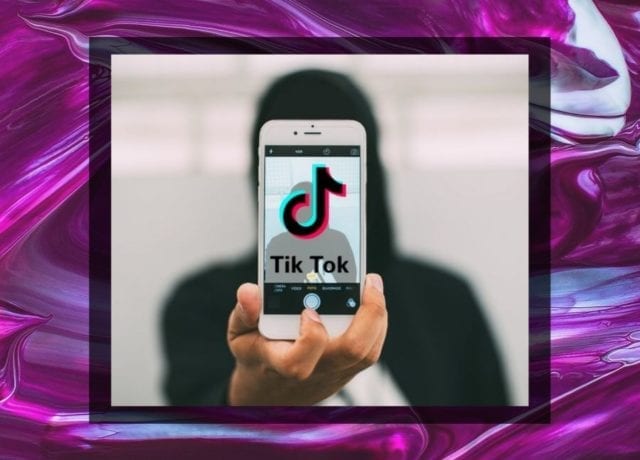If you’re over the age 21 and you’ve heard of TikTok, congratulations: you’re either a particularly hip adult or a marketer with your finger on the pulse.
Launched just a couple of years ago, TikTok was originally a social video app designed to share lip synced music videos. After its international launch, TikTok soon eclipsed its new defunct precursor Vine with over 500 million active monthly users in 2018, and passed 1 billion installs earlier this year.
Now, the app is positioned as a somewhat major player in both influencer marketing and programmatic advertising.
TikTok has only been around a few short years, but it really came out of the gate swinging. It’s been hailed as both the new Vine and the next Instagram, both in terms of audience and meme-creating potential.
The New York Times wrote that the app is rewriting the way social media works. “TikTok assertively answers anyone’s what should I watch with a flood,” John Herrman writes. “In the same way, the app provides plenty of answers for the paralyzing what should I post?”
That combination — along with the fact that the app’s user base skews very young — means TikTok was poised for ad potential from the very beginning. For starters, the app offered a low cost of entry for influencer marketing when compared to Instagram or other established social media platforms.
“TikTok’s viral, user-generated nature makes it easy to obscure what started as a paid campaign,” writes Lauren Strapagiel at BuzzFeed News. The app still maintains an air of “amateur authenticity” and can feel like a breath of fresh air compared to Instagram. “TikTok is still a relatively new platform, and it seems likely that sponsored content will only increase,” Strapagiel concludes. “The question is whether we’ll be able to tell.”
Now, TikTok is finding ad tech-supported ways to reach the teens using the app and pull in ad revenue for itself.
For starters, AdWeek reports that the app’s developer documents show a new native audience network for the 260 million users in China and Japan. The network will allow advertisers to “target these users across a bevy of third-party apps, rather than just within the confines of TikTok.” The app was already keeping up with other popular social media apps in terms of users; testing an audience network means it only has room to grow.
At the same time, TikTok is working on a biddable advertising platform, making ads on the app more accessible for brands of all shapes and sizes. Before this was revealed, TikTok only offered direct ad buys in a single format.
The new platform means the app can start pitching advertisers different ad formats (i.e. in-feed video ads and brand takeovers) and buying options based on both interest and demographics. The grocery chain Kroger, for example, was one of the first brands to test shoppable ads on the platform.
TikTok already had a very young audience with particularly high engagement. With the new ad tech offerings, it’s a chance for marketers to test its effectiveness.





